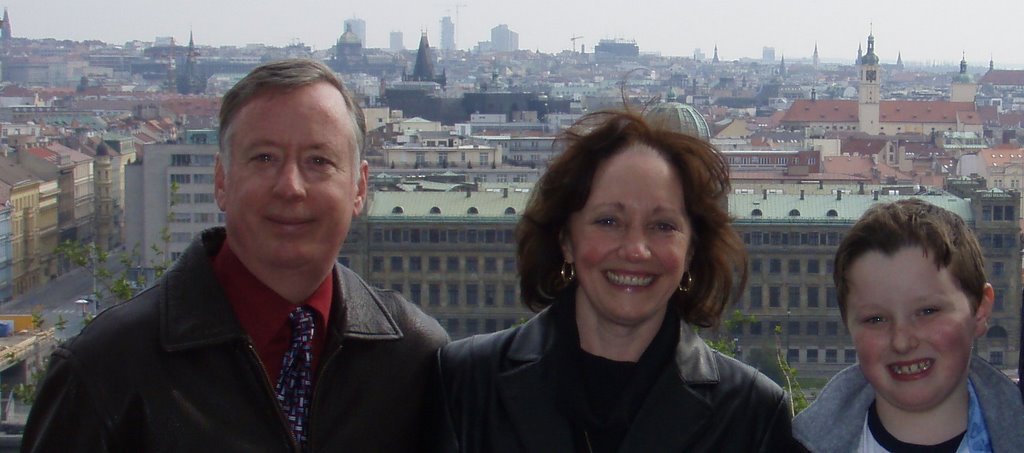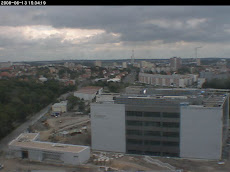After the visit to the Basilica Cistern we walked across the hippodrome to the Blue Mosque. It was quite busy but it only took a few minutes in line to make it to the north entrance, which is for non-Muslims. We had to remove our shoes before we entered the mosque.
From wikipedia:It was built between 1609 and 1616, during the rule of Ahmed I. Like many other mosques, it also comprises a tomb of the founder, a madrasah and a hospice. The Sultan Ahmed Mosque has become one of the greatest tourist attractions of Istanbul.
The mosque was to be built on the site of the palace of the Byzantine emperors, facing the Hagia Sophia (at that time the most venerated mosque in Istanbul) and the hippodrome, a site of great symbolic significance. Large parts of the southern side of the mosque rest on the foundations, the vaults and the undercrofts of the Great Palace. Several palaces, already built on the same spot, had to be bought (at considerable price) and pulled down, especially the palace of Sokollu Mehmet Paşa, and large parts of the Sphendone (curved tribune with U-shaped structure of the hippodrome).
At its lower levels and at every pier, the interior of the mosque is lined with more than 20,000 handmade ceramic tiles, made at Iznik (the ancient Nicaea) in more than fifty different TULIP designs. The tiles at lower levels are traditional in design, while at gallery level their design becomes flamboyant with representations of flowers, fruit and cypresses. More than 20,000 tiles were made under the supervision of the Iznik master potter Kaşıcı Hasan,and Mustafa Mersin Efendi from Avanos(Cappadocia). However, the price the builders were able to pay for tiles was fixed by the sultan's decree, while tile prices increased over time. As a result, the tiles used later in building were of lesser quality. Their colours have faded and changed (red turning into brown and green into blue, mottled whites) and the glazes have dulled. The tiles on the back balcony wall are recycled tiles from the harem in the Topkapı Palace, when it was damaged by fire in 1574.
Until recently the muezzin or prayer-caller had to climb a narrow spiral staircase five times a day to announce the call to prayer. Today a public address system is used, and the call can be heard across the old part of the city, echoed by other mosques in the vicinity. Large crowds of both Turks and tourists gather at sunset in the park facing the mosque to hear the call to evening prayers, as the sun sets and the mosque is brilliantly illuminated by coloured floodlights.
The interior of the Blue Mosque - basically one big room.
The ceiling of the mosque, showing some of the many hand made tiles.
A sign that must be obeyed.
Noah later that evening in front of the well lit Blue Mosque.
Friday, April 18, 2008
The Blue Mosque...
Subscribe to:
Post Comments (Atom)






No comments:
Post a Comment